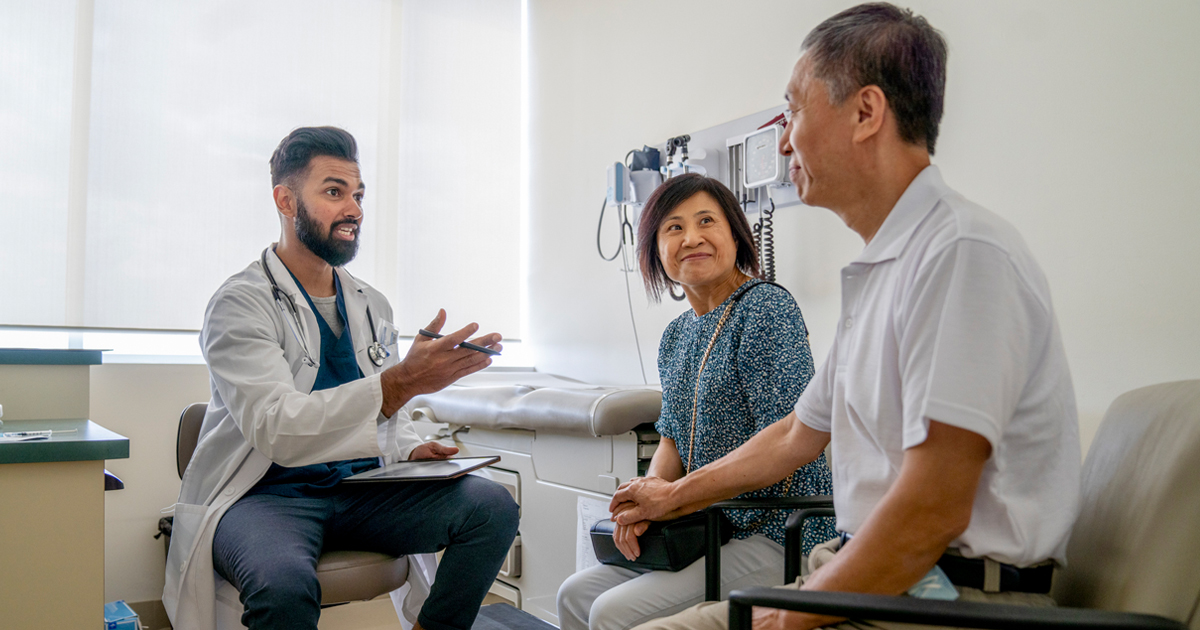Enhanced payments and additional supports to primary care practices improved care and reduced emergency department visits and hospital admissions, according to the final report from Mathematica’s evaluation of the Centers for Medicare & Medicaid’s Services' Comprehensive Primary Care Plus (CPC+) Model, the largest primary care payment and delivery reform model ever tested in the United States. Despite these improvements, results after five years show that primary care practices on their own could not lower total costs of care or impact certain care delivery goals. An analysis in JAMA also details key findings from the evaluation.
“Our evaluation of CPC+ found that there are benefits to bolstering primary care after decades of underfinancing, but there are many aspects of care and health care spending that primary care practitioners cannot control,” said Ann O’Malley, senior fellow at Mathematica and lead author of the report. “It is important that future efforts to strengthen primary care are accompanied by incentives for other providers, like specialists and hospitals, to work with primary care practices and to help control health care spending.”
CPC+ was a model launched by the Center for Medicare & Medicaid Innovation to test whether enhanced payments from government and private payers, learning activities, data feedback, and health information technology support can improve how practices deliver primary care to millions of Medicare beneficiaries, and ultimately, produce better health outcomes at a lower cost. More than 3,000 practices in 18 regions worked to improve the care they provided to over 17 million Medicare patients with the additional supports they received.
Practices in the model reported that the enhanced payments helped them make improvements in care, such as increasing 24/7 access, hiring more on-site behaviorists, and providing timelier follow-up after hospital or emergency department visits. But limited staff time, misaligned payments, and limited support from commercial payers hampered progress.
CPC+ also focused on reducing costs to Medicare. CPC+’s modest impact on costs was not enough to offset total costs of care including enhanced payments. Independent practices and practices with incentives to control total costs of care, such as those participating in the Medicare Shared Savings Program, did better at lowering costs than practices owned by hospitals or health systems. This points to the influence of aligned payments and the strong financial incentives for hospital and system owners to provide patients more care and more expensive services.
Looking back over five years of CPC+, the researchers outlined important implications for future primary care models. These include:
- Without direct incentives for specialists and hospitals to reduce costs, primary care physicians lack control over critical aspects of care that drive large portions of unnecessary utilization and Medicare spending.
- Hospital consolidation and hospital ownership of physician practices will continue to affect practices’ ability to reduce utilization and expenditures.
- Although market consolidation continues, smaller independent practices remain a key component of the nation’s primary care infrastructure—especially in certain geographic areas—and their role in future models requires careful consideration.
- Assessing the consequences of the broader goal of health system transformation on health equity will require including patients with limited access to primary care and practices serving less-resourced communities.
- Alternative payment arrangements from CPC+ helped enhance practices’ financial stability during the pandemic; however, fee-for-service payments continue to be an attractive default option, including the expanded billing codes for telehealth.
- Primary care is critical and central to an organized health care system, even if primary care transformation alone is insufficient to achieve cost savings in short-run model tests.
“It’s going to take more time, resources, and collaboration to strengthen primary care,” said Nancy McCall, Mathematica senior fellow and CPC+ project director. “Lessons from this model will be invaluable for achieving health system transformation and advancing primary care’s critical role in that effort.”
Check out a summary of the final findings in the Findings at a Glance and additional insights from CPC+ here.
Contact
-
Christal Stone Valenzano
cstone@mathematica-mpr.com
202-250-3520


